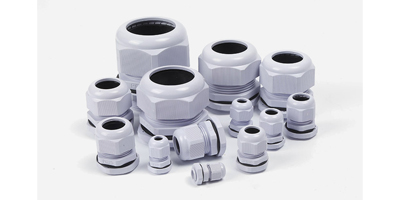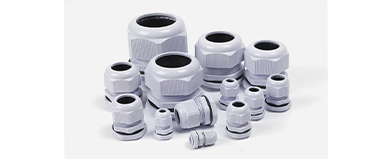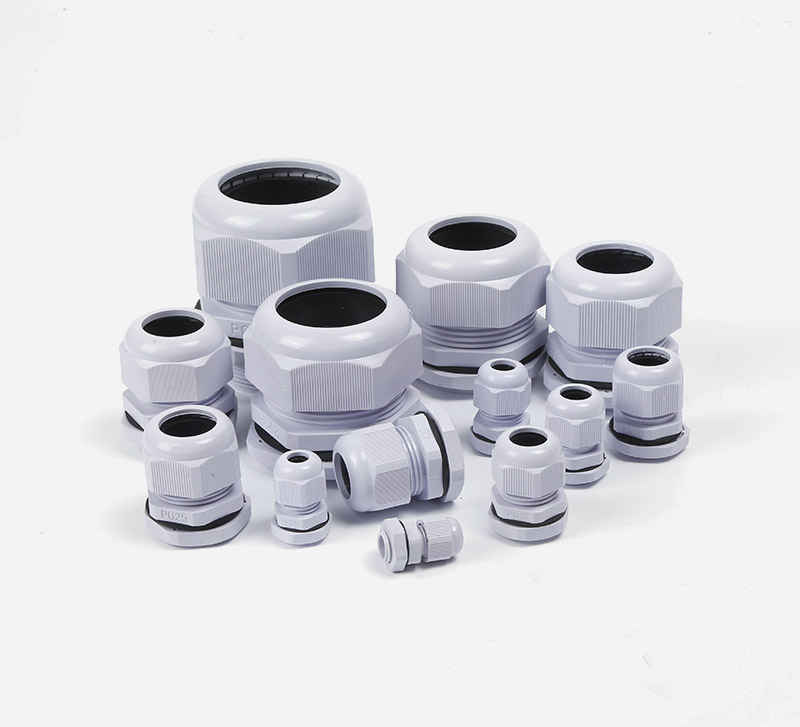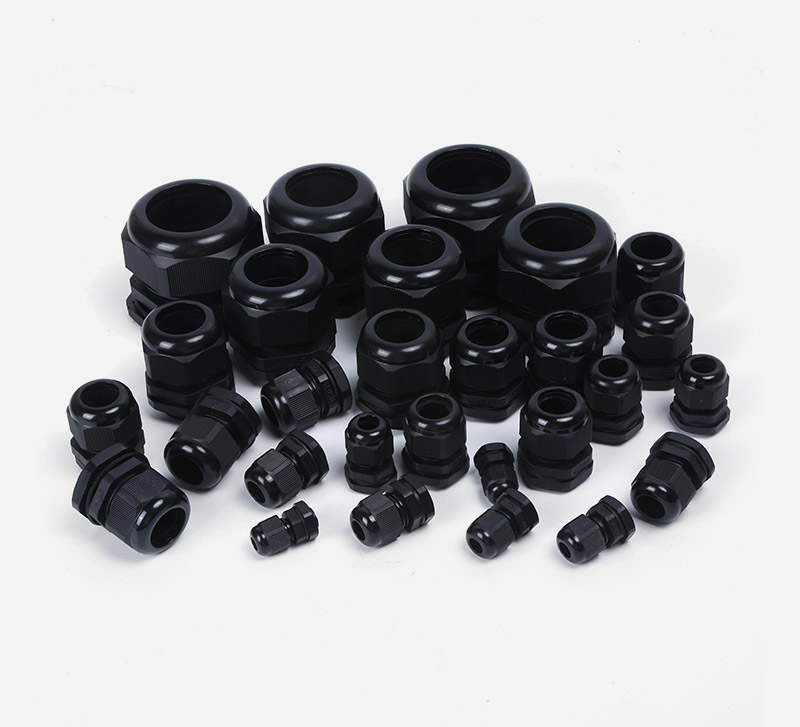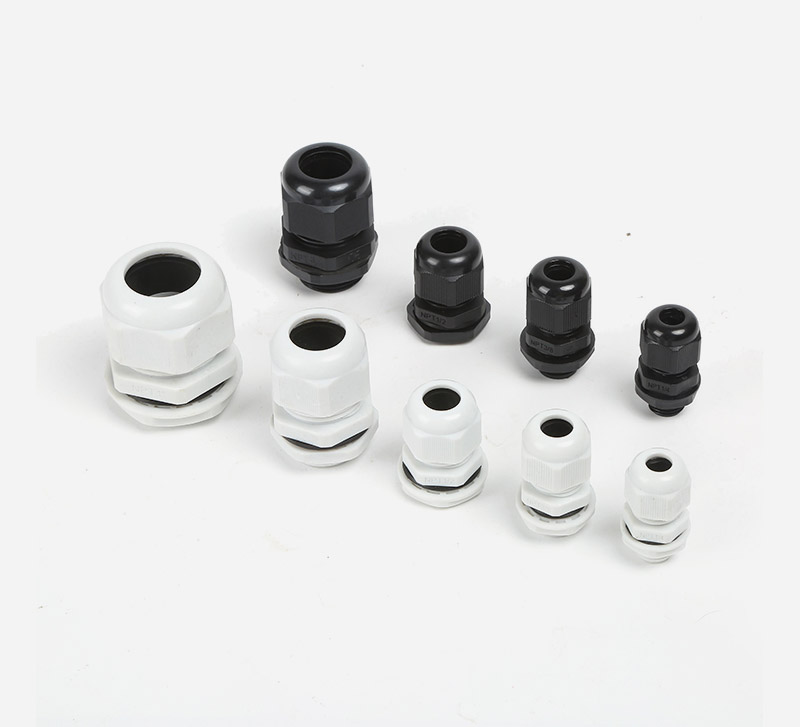How to use jumper cables
Jumper cables are useful when your car battery dies. Here's a simple guide on how to use them.
Before using jumper cables, always check them. Make sure the metal clamps are not rusty and the cables are in good condition. Pay special attention to the plastic covering of the cables.
Q: Why is the plastic covering of jumper cables important?
A: The plastic covering is like a safety shield. It's similar to that of plastic cables used in many electrical devices. It stops the electricity from flowing outside the cable. If the plastic is damaged, you could get an electric shock, or the cable might not work properly.
Now, let's start using the jumper cables. First, park two cars close to each other, but make sure they don't touch. Turn off both cars. Then, find the positive (+) and negative (-) terminals on each battery. The positive terminal is usually red, and the negative one is black.
Connect the red jumper cable first. Attach one end to the positive terminal of the dead battery, and the other end to the positive terminal of the good battery. Next, take the black jumper cable. Connect one end to the negative terminal of the good battery.
Q: Can I connect the black jumper cable directly to the negative terminal of the dead battery?
A: It's better not to. It's safer to connect it to a metal part of the car's body away from the battery, like an unpainted bolt on the engine. Batteries can produce a gas that can catch fire if there's a spark. The plastic - coated wire of the black jumper cable helps keep the electricity in the right path, but we still need to be careful.
After making all the connections, start the car with the good battery first. Let it run for a few minutes. Then, try to start the car with the dead battery. If it starts, great! Let both cars run for a while longer.
Finally, when you're done, disconnect the jumper cables in the opposite order of how you connected them.
Using jumper cables correctly can help you get your car running again. Always remember to check the cables, especially the plastic covering, for safety.
